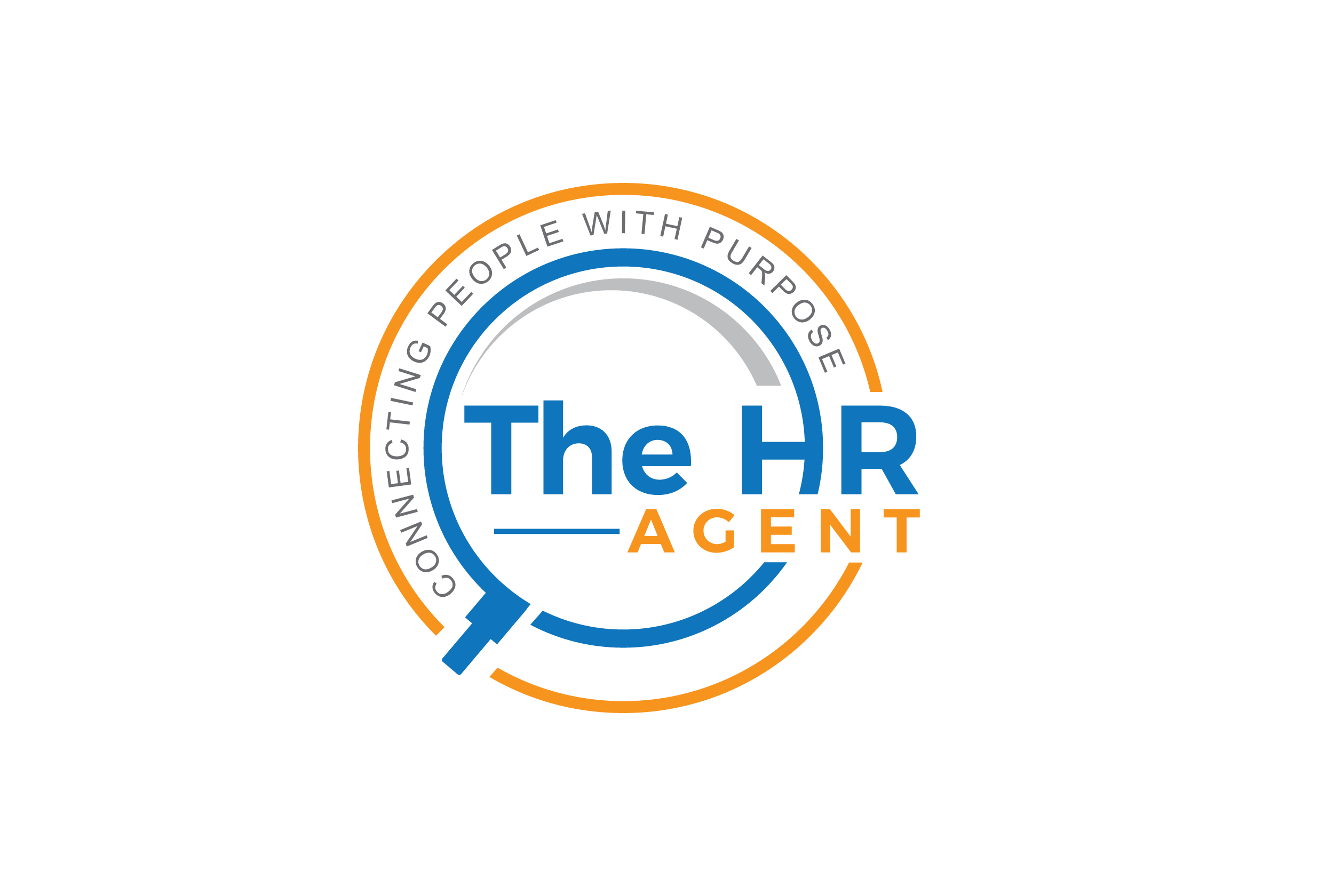How to Write Better Job Descriptions
2020-10-05

As an executive, leader, or manager, keeping employee turnover low is a constant battle. Studies have shown that replacing a current employee with a new one can cost thousands of dollars. Not to mention, clients and partners make it no secret how much they dislike having to get to know a new point of contact within an organization. So, in an age of recruiters, talent poaching, and specialized job boards, how does a company get their top talent to stay? Believe it or not, keeping an employee begins before you even know they exist.
Job descriptions have been around since the industrial age and are the starting point of any job seeker’s search for a new position. This document tells the candidate if the position is right for them by outlining the skills needed and responsibilities they will be required to carry out. On paper, it’s a simple yet important document. However, if a job description is put together incorrectly, hastily, or done without proper input, it will attract the wrong candidates.
The last thing you want is someone applying for a job and eventually accepting an offer letter for a position that does not actually exist. Once they realize the job they are being asked to do is not the one they signed up for, their morale and drive will begin to sour. Eventually, they will look for a new job. This miscalculation forces you to begin the process all over again. Let us take some time today to talk about how you can avoid this issue by writing better and more accurate job descriptions.
Confirm the Position is Needed
Before you even begin creating the job description, confirm with your team that the position is in fact open and that they actually need this position filled. What we mean is that at times, a department head can overreact to his team being overwhelmed and put in a request for help. Then, when things die down, the newly hired individual is stuck spending the majority of their time doing work that has nothing to do with their experience or skill set. It is important that the process required to request the hire of a new position be as thorough as possible.
To begin, a department manager should be able to list out several responsibilities that this person will begin taking care of on a daily or weekly basis. They also need to confirm that this position is not being created to handle only one specific project that will at some point end. Ideally, a manager can look at their entire year and pinpoint the ways they will involve this new hire in each significant event or project that pops up. As long as they can do this, you can move on to creating the job description.
Ask the Manager to Create the Description
The biggest mistake we see companies make is letting someone in Human Resources create and post a job description. This is nothing against people who work in HR, but it is unreasonable to ask someone to create an accurate listing for a job they do not interact with daily. As unpopular as the decision may be amongst your managers, they should be the ones creating the job description. Yes, they already have a lot on their plate but they know best what specific skills and experience someone needs to get the job done.
A manager does not have to create the final draft. They simply need to list out the 7-10 daily or weekly responsibilities this person will be required to take on. Then, they should list out both the hard and soft skills the candidate needs to perform the job correctly. This is where they should list out any programs, platforms, software, or certification that is required.
When the manager is putting together the job description, they should actively seek out input and feedback from the team. If including the entire team is not feasible, input should at least be focused on those who will work closely with this hire everyday. If someone on the team has the same or a similar position, ask them what they wish they had known about the job before they took it. Talk to them about what they think someone needs in order to be prepared and successful in this position. Once this is complete, they can send the information to HR to be polished and published.
Be Honest and Transparent
No job is without its boring or tedious responsibilities. Even people who thoroughly enjoy their work will point out at least a few regular tasks they do not enjoy doing. It may be tempting to leave these items off a job description to avoid scaring away premium candidates. The problem here is that when you do that, you are essentially starting the relationship off on the wrong foot. When the candidate becomes an employee, they will soon discover their days are filled with projects they were not expecting.
Now, there is no need to openly criticize responsibilities that are less than exciting. When you list them, be sure to tie them into the big picture. A team member will be more likely to accept having to create spreadsheets if they know the information is being used to decide strategy and budget. Even if a task is considered boring or entry-level, it will be accepted if it plays a role in the big picture. If it doesn’t, you should be asking yourself why you require someone to complete it in the first place.
Need To Have VS Like To Have
There is no such thing as the perfect candidate. It is very rare to find someone that checks all of your boxes and possesses every skill you are asking for. You are going to have to compromise and hire someone who is good enough. The key is deciding what you absolutely need to have and what you can live without. You have to be able to look at the list of required skills and decide what you need to have and what you would just like to have.
For example, if the person in this position spends their day working in a specific program, that is a need that cannot be compromised. However, if you are looking for experience of three years performing a specific task, you have to examine if the right candidate could get by with only one or two years, depending on the work they performed during that time frame. It’s okay to refuse to bend on certain skills and experience. That will ensure that whoever takes the job has what they need to hit the ground running on day one.
Conclusion
A job description is the first step in a brand new relationship between a company and employee. When you get this step right, everything else is a little bit easier. Your new hire can join their new team with confidence and begin contributing to the company right away. The key is to give this step the time and attention it deserves. The result will be a strong company culture and low employee turnover.
Let’s Talk
Are you ready to improve your hiring process? Looking to find a way to put the right candidates in the right positions at the right time? We can help with that!
We would love to connect in the next few days to learn about your brand and how our services can help bolster your talent pool and strengthen your organization.
Please send us a note at connect@thehragent.com to set up your free introductory call!






